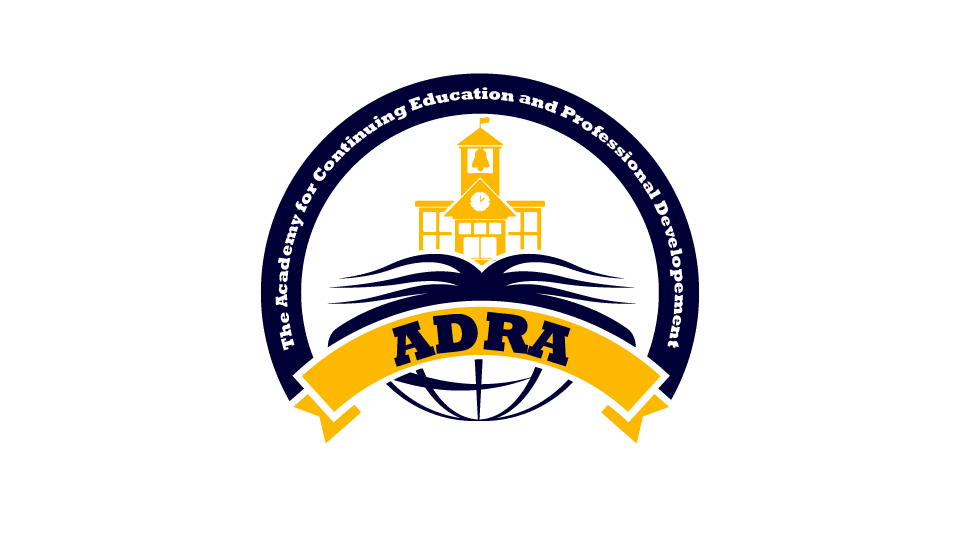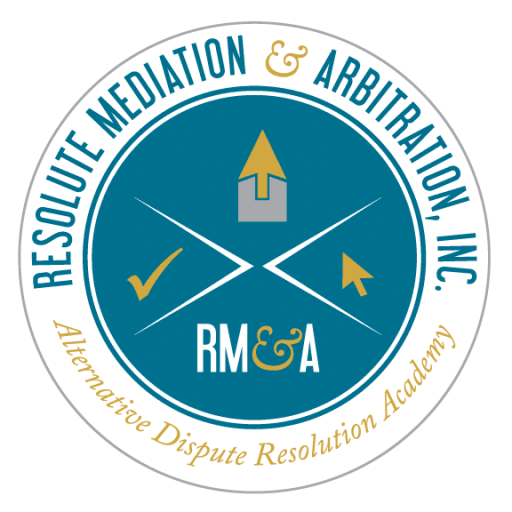Description
Elder abuse is a prevalent public health problem! An estimated 1 in 10 older adults experiences elder abuse annually in the US.
— Makaroun, L. K., Beach, S., Rosen, T., & Rosland, A. (2021). Changes in Elder Abuse Risk Factors Reported by Caregivers of Older Adults during the COVID ‐19 Pandemic. Journal of the American Geriatrics Society, 69(3), 602-603. doi:10.1111/jgs.17009
Discussion Points:
~ Ageism – WHO defines it as the “stereotyping, prejudice and discrimination against people on basis of age.”
~ Vulnerability – Defined as financial, physical, or emotional dependence on others or impaired capacity for self-care or self-protection that places older adults at risk of mistreatment. (Mousqueda p. 1880)
~ Caregivers – Caregivers of older adults who ordinarily deal with stress and systemic lack of support in the US now facing even more burdens which are known to increase caregivers’ risk of being abusive to or neglectful of old older adults.
~ Trusted Other – Includes a variety of people, including family members, neighbors, friends, paid caregivers, other household employees, financial advisors, and other advisors.
~ COVID-19 PANDEMIC Reports from developed countries reveal a 10-fold increase in reports of elder abuse during the pandemic



